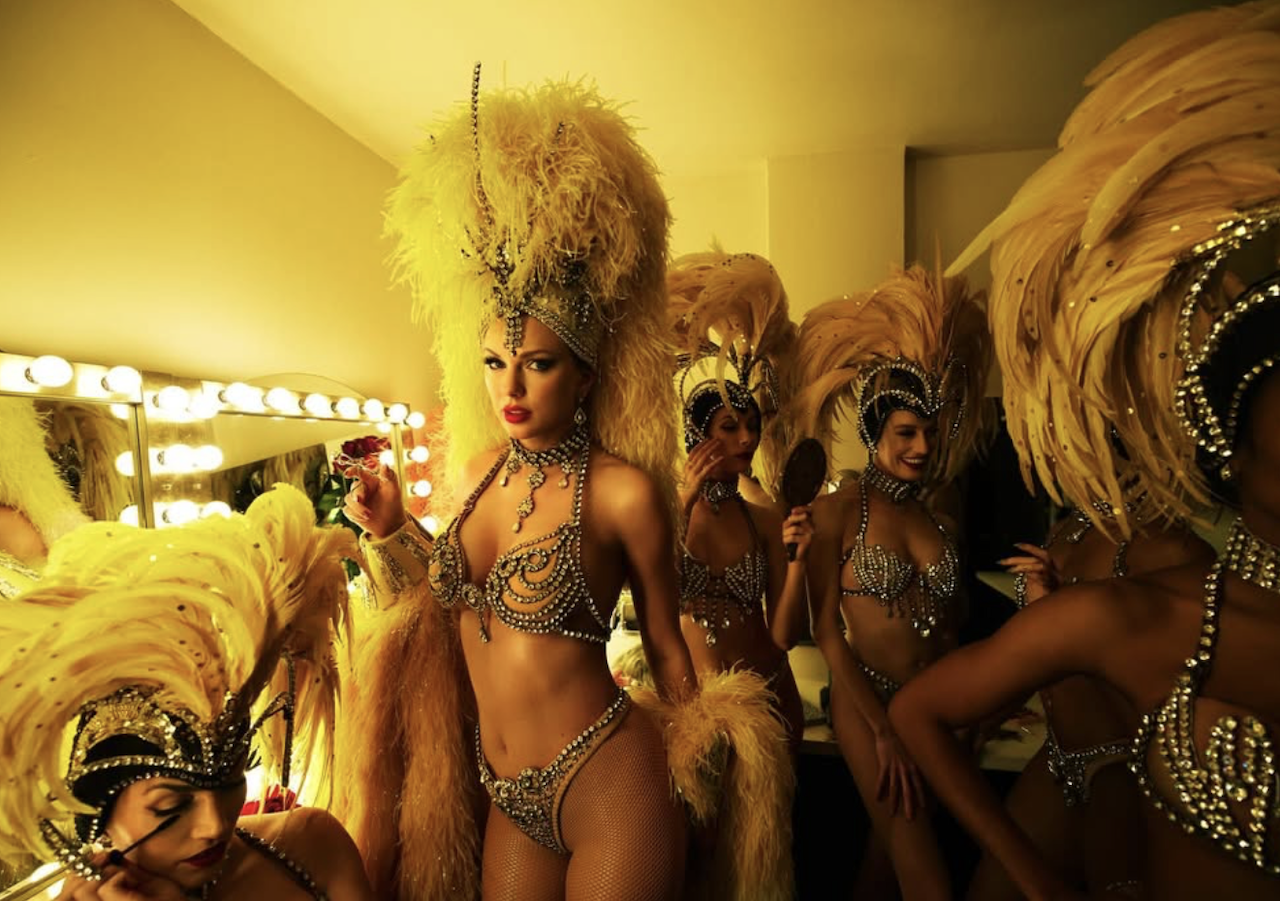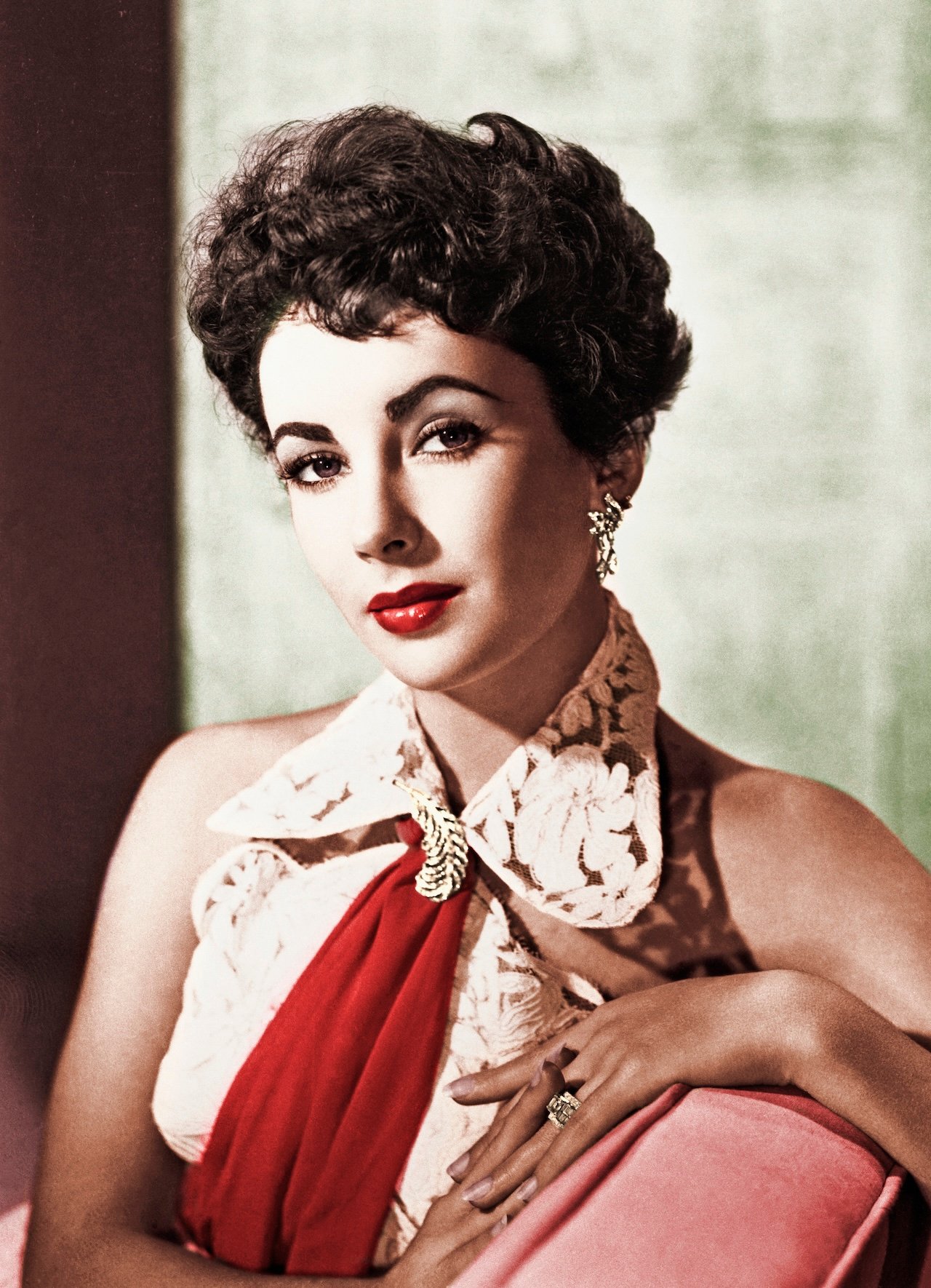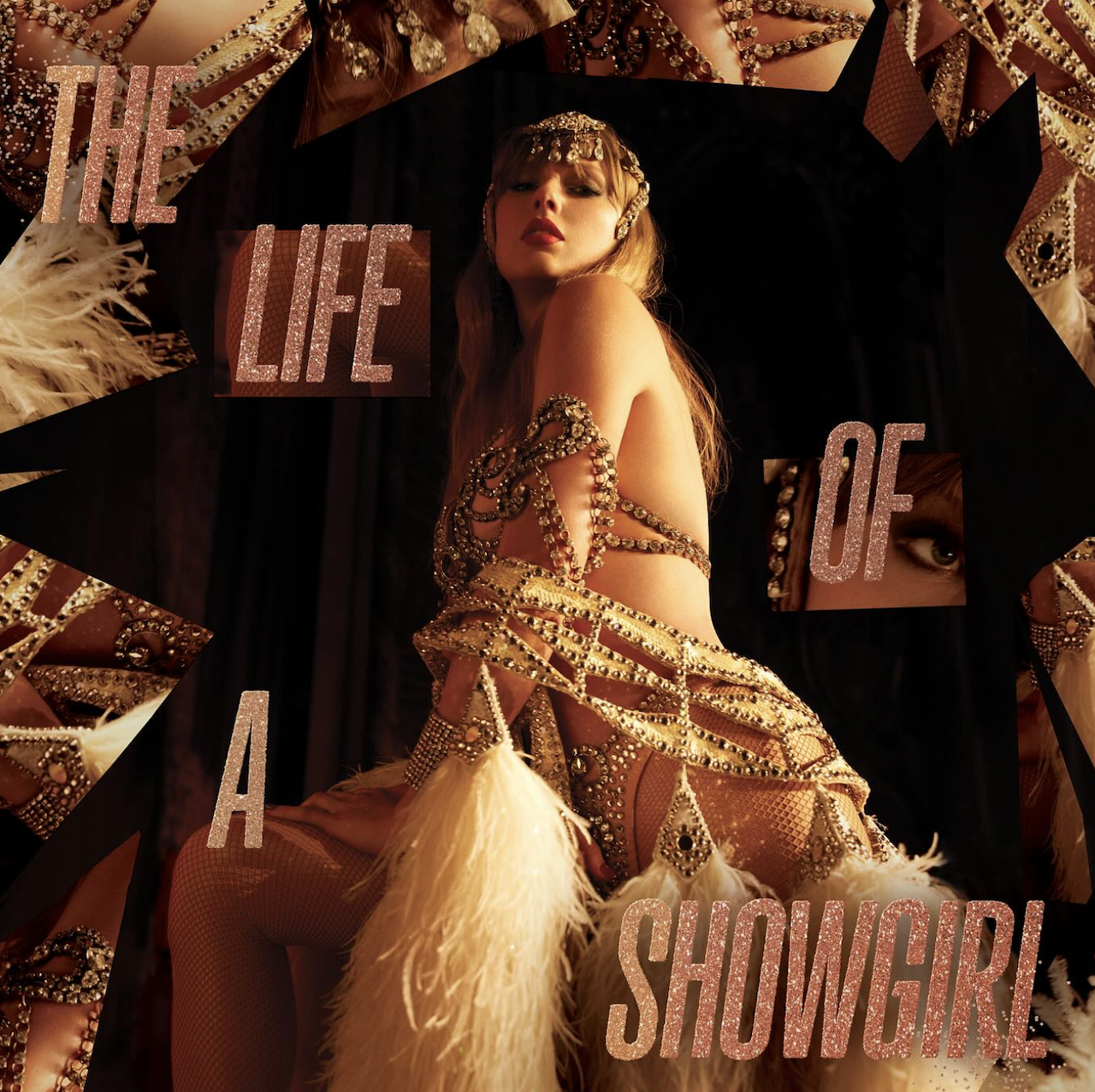
When Taylor Swift released her highly anticipated 12th studio album, The Life of a Showgirl, at midnight, she didn’t just deliver new songs — she delivered a cultural moment. Swift has long been a master of weaving personal details into poetic metaphors, and here, she takes her lyrical storytelling to new heights (pun intended).
Almost instantly, three tracks became the center of online conversation: “Wood,” “Elizabeth Taylor,” and “Actually Romantic.” While each song is making headlines on its own — whether for its sensuality, Hollywood glamour, or whispered rivalries — together they offer a portrait of Swift as both artist and architect of her own narrative.
Below, GRAZIA decodes what these songs reveal about Swift’s love, her legacy, and her life under the spotlight.
“Wood”: Superstition Meets Sensual Certainty
Arguably the most provocative song on the album, “Wood” sees Swift writing with an intimacy and confidence fans have rarely seen before.
The chorus flips a classic superstition — “knocking on wood” — into a declaration that her happiness and stability no longer rely on luck. Instead, she credits her relationship with fiancé Travis Kelce for grounding her in certainty.

Key lyrics include:
- “New heights, manhood” — a nod to Kelce’s New Heights podcast and an unabashed reference to masculinity.
- “Redwood tree, it ain’t hard to see / His love was the key that opened my thighs” — a metaphor as bold as it is poetic.
- “The curse on me was broken by your magic wand” — a tongue-in-cheek line that blends fairy-tale language with innuendo.
For longtime fans, it marks a shift. Where Swift once leaned into themes of heartbreak and uncertainty, here she writes from a place of security — turning passion into permanence — and with the cheeky flair reminiscent of friend Sabrina Carpenter..
“Elizabeth Taylor”: Glamour and the Mirror of Fame
If “Wood” is intimate, “Elizabeth Taylor” is cinematic. In this track, Swift draws parallels between herself and the legendary actress, one of Hollywood’s brightest stars and most scrutinized women.

Throughout the song, she references Taylor’s world of romance and luxury:
- Portofino, where Richard Burton famously proposed.
- The Plaza Athénée in Paris, a favorite retreat of Taylor’s.
- “I’d cry my eyes violet”, a nod to the actress’s iconic violet eyes.
- “I would trade the Cartier for someone to trust”, contrasting glittering jewels with emotional honesty.
- “All my white diamonds and lovers are forever”, invoking Taylor’s fragrance line and storied love life.
By invoking Elizabeth Taylor, Swift positions herself within a lineage of women whose personal lives became inseparable from their public personas. Yet the message feels clear: she is determined to reclaim agency over her own narrative, even while embracing the spotlight’s shimmer.
“Actually Romantic”: Boundaries in the Age of Speculation
The track that has sparked the most speculation is “Actually Romantic,” with fans debating whether it takes aim at fellow pop star Charli XCX. Lyrics such as “I heard you call me ‘Boring Barbie’ when the coke’s got you brave” have fueled online theories about veiled references to industry peers.

But beyond the chatter, “Actually Romantic” reveals something larger: Swift’s commentary on how fame creates proximity between artists, critics, and rivals. She reframes derision as a kind of intimacy — a fixation disguised as disdain.
Rather than a tabloid-ready “diss track,” the tone feels more sardonic than savage. It’s less about taking down an opponent and more about showing how constant surveillance, gossip, and rivalry can morph into a twisted form of devotion.
The Showgirl Arc: Love, Legacy, and Control
Together, these three songs form a through-line that defines the Showgirl era:
- Love that’s secure and sensual (“Wood”)
- Legacy that balances glamour with humanity (“Elizabeth Taylor”)
- Boundaries that turn speculation into art (“Actually Romantic”)

What ties them together is not shock value, but intentionality. Swift is no longer the ingénue hoping for a happy ending or the heartbroken narrator rewriting past wounds. Instead, she is fully in control — crafting her own myth, choosing which stories to tell, and performing them on the grandest stage.

The life of a showgirl, it seems, is equal parts spectacle and sovereignty.













